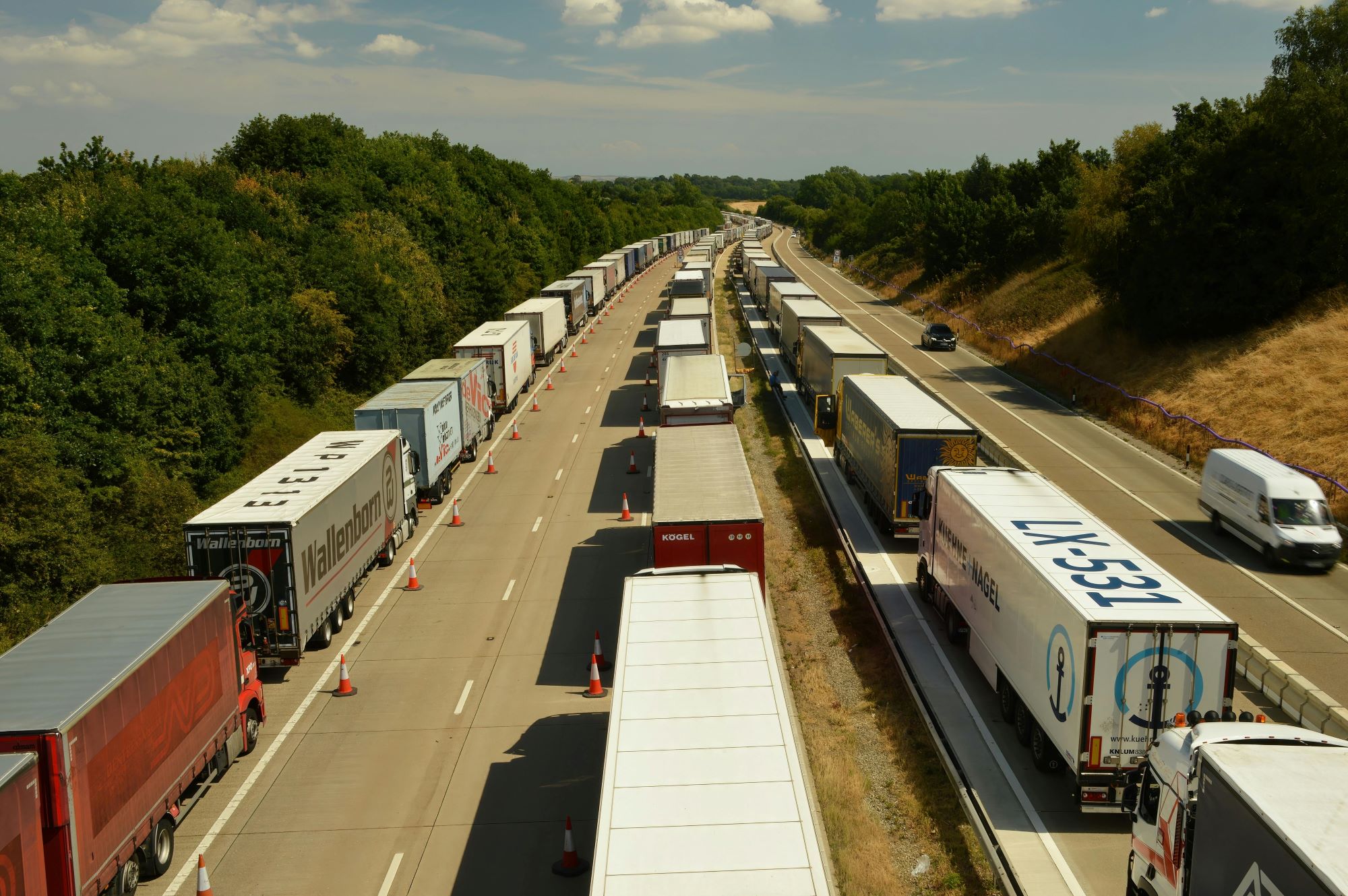Sustainability in 2025: From Voluntary Goals to Business Necessity
The landscape for sustainability in business is tightening in 2025. Businesses are now dealing with stricter disclosure rules, rising carbon costs, and increasing scrutiny of sustainability claims, how will this fare with the increasingly choppy economic waters?
1. The Evolution of Sustainability Reporting and Compliance
Evolution to Date
Carbon reporting obligations for UK businesses have intensified over the last few years, aligning more closely with global net-zero commitments. The UK has progressively moved from voluntary reporting initiatives to mandatory corporate carbon accounting that influences taxation, compliance, and investor relations.
Key developments leading up to 2025 include:
- Corporate Sustainability Reporting Directive (CSRD) Implementation – The UK government confirmed in 2024 that large and listed businesses must comply with EU-style sustainability reporting requirements, extending carbon disclosure obligations.
- Carbon Border Adjustment Mechanism (CBAM) – The EU’s import tax on high-emission goods (cement, steel, aluminium, etc.) has direct implications for UK businesses trading with Europe. The UK is exploring a domestic CBAM equivalent, meaning carbon-intensive companies should expect new cost burdens on imports and exports.
Projection for 2025
- A UK CBAM equivalent may emerge, further pressuring businesses to source low-carbon materials and improve supply chain sustainability. Some form of CBAM is inevitable to stop the decline of domestic industry in favour of carbon intense imports which don’t get counted on the UK’s Carbon Budget.
- The UK will likely adopt the International Sustainability Standards Board’s (ISSB) S1 and S2 standards, which will create the UK Sustainability Reporting Standards (SRS). The idea is to standardise and police company disclosures of sustainability information to investors, regulators, and other capital markets participants.
As ever the devil is in the detail on the above standards, which are more complex than what has gone before. The best first step for any business would be to undertake a stock-take of its current sustainability disclosures and commitments. If it is claiming to be ‘Carbon Neutral’ or any other sustainability achievement it needs to be justifiable and able to withstand external audit.
2. The Expanding Cost of Carbon for Businesses
Evolution to Date
Carbon pricing has been a critical but fluctuating policy tool in the UK’s net-zero strategy. The UK Emissions Trading Scheme (UK ETS) replaced the EU’s system post-Brexit but has seen political pressure to soften its impact due to economic concerns.
Key developments include:
- The UK ETS is becoming stricter—initially launched with free carbon allowances, the government has committed to gradually phasing out these subsidies to drive deeper decarbonisation.
- CBAM’s knock-on effects—The EU’s carbon border tax is forcing UK businesses to reconsider supply chains, as imported materials with high carbon footprints will cost more to trade. However, as the UK (and EU to a lesser extent) continues to cannibalise its manufacturing sector, the implications for this policy are still to be determined.
- The risk of a UK Carbon Border Tax—The government is being asked to introduce its own CBAM to prevent the UK from becoming a “pollution haven” for carbon-intensive imports. However, in a climate of economic stagnation increased cost bases are the last thing any business or consumer wants.
Projection for 2025
- Carbon-intensive sectors will see rising costs as free allowances disappear, in theory driving companies to adopt lower carbon alternatives or face financial hardship.
- Supply chain emissions will become an active business risk, with companies needing to track and disclose Scope 3 carbon impacts and find ways to reduce them over time.
- Government policy could introduce a UK version of CBAM, further increasing carbon costs for import-heavy industries.
Carbon pricing is becoming a direct financial liability—businesses must anticipate rising costs and invest in understanding their Scope 3 emissions and a corresponding emission reduction strategy now.

3. The Changing Face of Corporate ESG: From Marketing to Measurement
Evolution to Date
ESG investing surged between 2019-2022 but has since faced a backlash due to greenwashing concerns, financial underperformance, and regulatory tightening.
Recent developments shaping corporate ESG include:
- The FCA’s Sustainability Disclosure Requirements (SDR) – The UK’s financial regulator has introduced tougher controls on how funds and companies market their ESG credentials. Expect stricter definitions of sustainability and mandatory verification of claims in 2025.
- Growing ESG Investment Scrutiny – High-profile cases such as Home REIT’s governance failures have placed social impact claims under more financial and regulatory review.
- Green Finance Under Pressure – Investors now expect clear financial returns alongside sustainability impact, moving away from blind faith in “green” portfolios.
Projection for 2025
- Companies will need to validate ESG claims with quantifiable impact—“feel-good” sustainability reports will be replaced with auditable financial and carbon data.
- Financial institutions will restrict “sustainable” investment labels unless companies prove long-term economic and ESG viability.
- Governance scrutiny will increase, with a focus on risk management, due diligence, and corporate oversight—especially in social impact investments.
ESG is finally transitioning from broad commitments to financial accountability; businesses must now prove compliance, credibility, and profitability. We can’t be sure what V2 of ESG will look like, but we have definitely now left V1.
4. Resource Efficiency: The New Business Imperative
Evolution to Date
While carbon reduction dominates the sustainability conversation, waste reduction and circular economy strategies are becoming increasingly important as UK policymakers tighten regulations on resource efficiency.
Recent policy moves include:
- The UK’s Extended Producer Responsibility (EPR) regulations—These laws shift the financial burden of waste disposal onto manufacturers and brands, particularly in packaging-heavy industries.
- Mandatory Digital Waste Tracking (from 2025)—Companies will need to report detailed waste data to meet UK waste minimisation targets, making circular economy models more attractive.
Projection for 2025
- Businesses will need to better understand their product lifecycles, incorporating recyclability, reuse, and material efficiency into design.
- More sectors will face EPR requirements, with industries beyond packaging—such as construction, electronics, and fashion—seeing higher waste compliance costs.
- Waste data transparency will become a regulatory requirement, pushing companies to track and publicly report material usage and disposal metrics.
Circular economy strategies are moving from a ‘nice-to-have’ marketing strategy to something more compliance-driven, and increasingly regulated.

Final Thoughts: Sustainability is Now Business Strategy
Corporate sustainability in 2025 will have a stronger regulatory focus, however, the days of care-free sustainability commitments are likely over. Sustainability is looking more and more like a business-critical function and a function which will be expected to provide some form of return.
Chris Hocknell, Director
Chris brings over 18 years’ experience of supporting the built environment and corporate world with their sustainability goals. Specialising in sustainability strategy development, Chris works closely with clients to assess and understand their carbon and environmental footprint.






